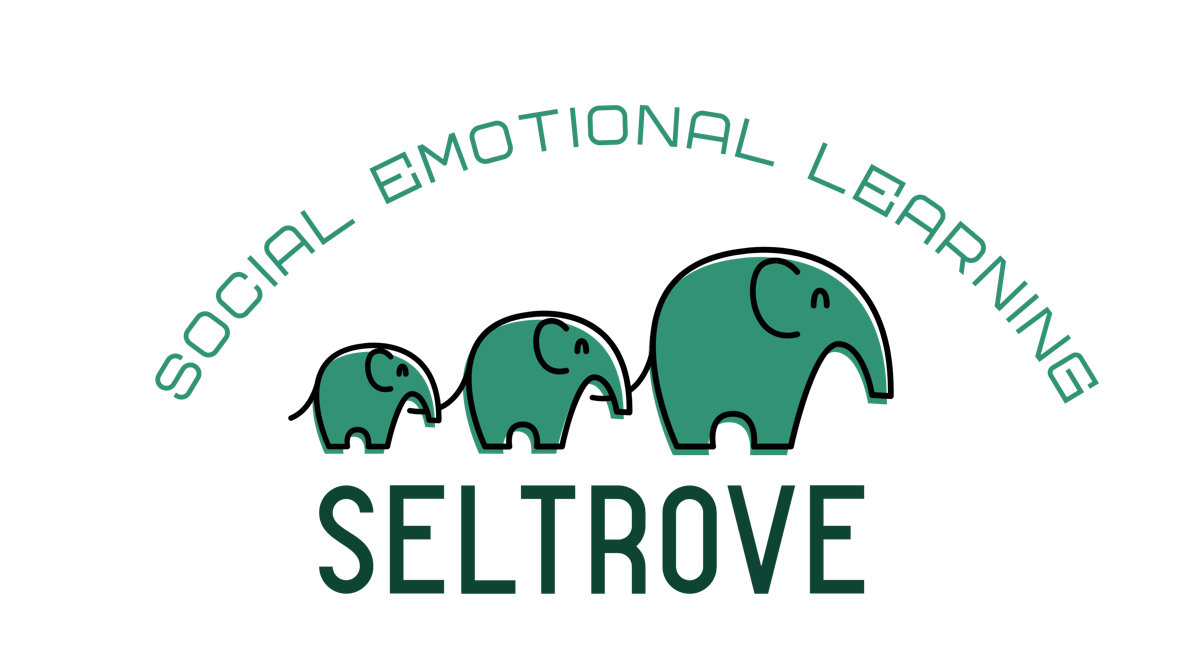You can help students recognize their strengths & limitations by:
First, teaching students about goal-setting. Give students opportunities in class to set goals for themselves and then reflect on these goals.
Second, incorporating self-reflection into assignments and projects to give students the opportunity to think about what’s going well and what they are struggling with.
Third, creating a classroom environment where students are able to learn from their mistakes and not feel the need to be perfect. You can do this by giving students opportunities to re-do work to improve its quality or by using positive affirmations like “you worked hard on that” or “practice makes progress.”
Let’s look at an example. Say you’re assigning your students a group project that will take them a few days to complete in class. At the beginning of the project, you give the students direction and ask them to think about what part of the project they feel they will excel in. Afterward, they share this information with their group and come up with a plan regarding which students will work on which parts. At the end of each class period, you encourage the students to reflect on their part of the project. For the next several days, at the beginning of class you have the students work in their groups to decide on the goals for the day, reflect on if their goals were met, and how they did on their part of the project.
